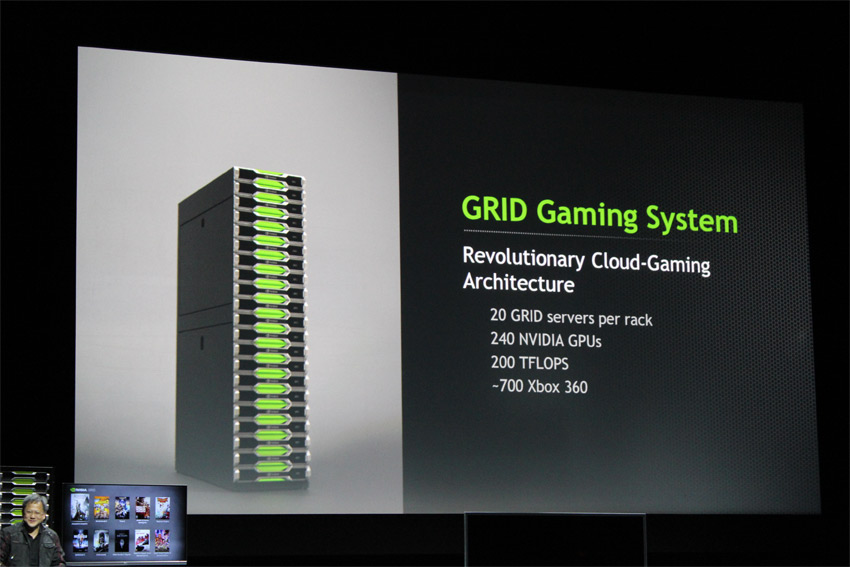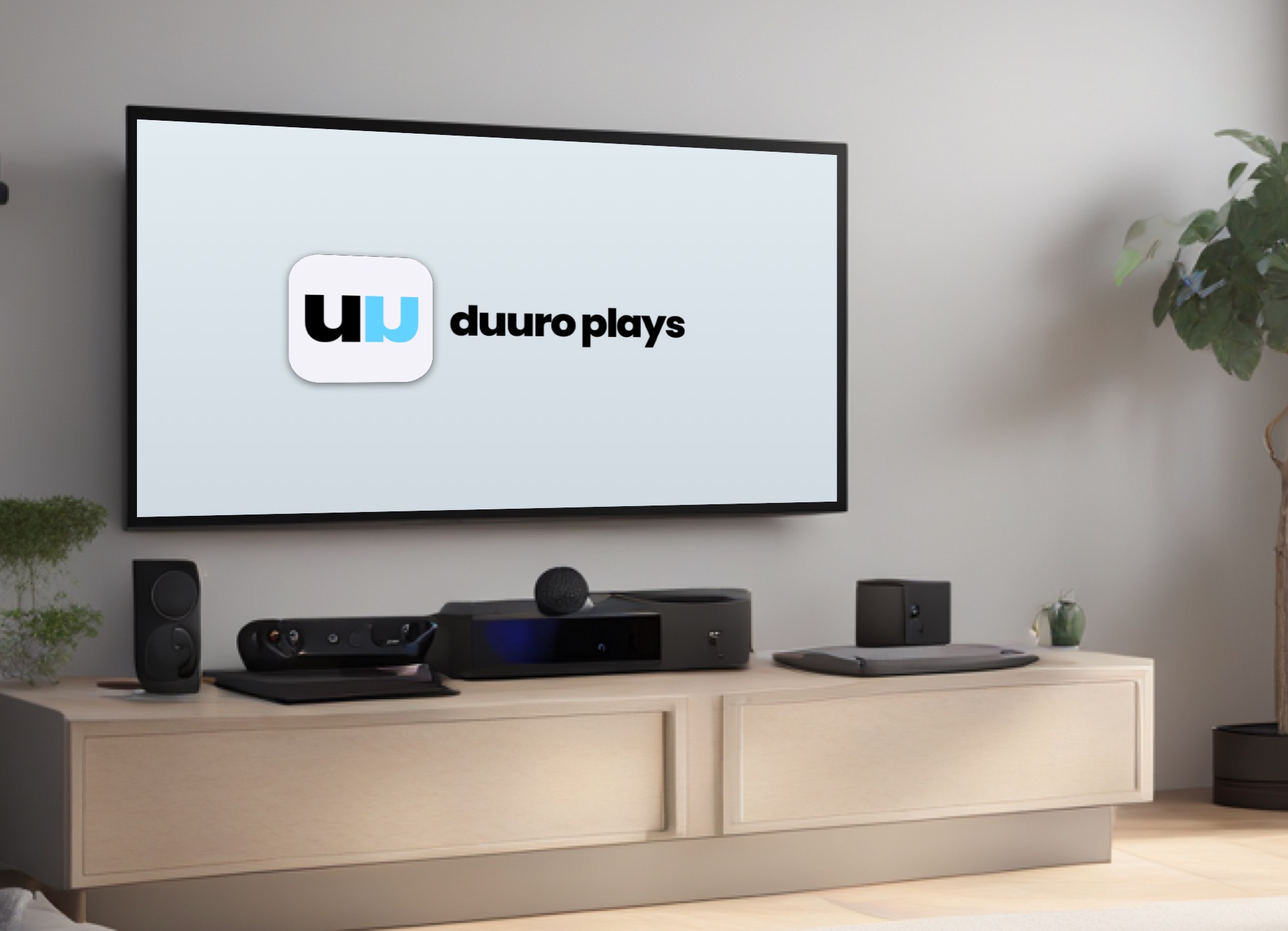An average user may remember the times when gaming experience used to depend on hardware equipment one owned. With the development of cloud computing technology, many things have changed in the tech world, including gaming. As the cloud matures, more and more gaming providers decide to shift their infrastructure to this platform and provide millions of users worldwide with an easy access to bandwidth-heavy games and applications from virtually any device.

This is exactly how the cloud is set out to revolutionize gaming industry. Big names in this field such as OnLive and Gaikai have brought about next generation ‘console’ to the wider market and introduced gamers to the potential of cloud computing.
Powerful computing resources at your hands
One thing that distinguishes the cloud from traditional technologies used for application development and streaming is the fact that it draws computing resources from huge server farms and seamlessly streams them via the web. This way, the actual configuration of your local device doesn’t really matter as long as you have a decent internet connection. The possibility to store computing infrastructure remotely has significantly changed the way we access online data and it transformed many different industries.

In terms of gaming, this means that users don’t need massive hardware equipment to stream their favorite games. Cloud games run on powerful remote servers, while gamers use thin clients that can be ported with mobile devices or TV sets. Cloud gaming also eliminates the need for complicated installation processes and makes it much easier for a user to interact with games.
With the cloud, gaming on demand becomes reality, as is already the case with other forms of entertainment - movies and music.
Innovation by Nvidia Grid
Earlier this year, the popular gaming company Nvidia announced introducing Nvidia Grid – innovative technology that aims to provide computing power for next generation gaming providers. Nvidia’s technology uses Kepler-based Grid graphic cards and they have already entered partnerships with companies such as Agawi and G-cluster, which are supposed to provide software programs. The service will be sold through telecom companies that will charge subscription for (limited or unlimited?) access to users’ favorite games.

As the whole infrastructure is scalable, it will be up to a service reseller to work out the way to use the servers and offer subscription plans. Clearly, there are numerous possibilities for both resellers and end-users. One thing is for sure – Nvidia’s technology is a game-changer in the industry and it’s just a matter of time when it’ll be accepted as another default way of cloud entertainment.
Future
Considering the fact that in 2011 gamers spent 24.75 billion USD on hardware equipment, gaming accessories and games themselves, it is clear that this is quite a profitable market. In addition to this, last year’s Cloud Gaming Report has predicted a 9 times increase in cloud gaming market by the year 2017. Subscription-based gaming services, therefore, have a bright future. Cloud gaming will provide businesses with an opportunity to explore new business models and will definitely bring excellent end-user experience for the whole gaming world.
So guys, where do you stand regarding cloud gaming? Is this the future? Leave you comments down below.


